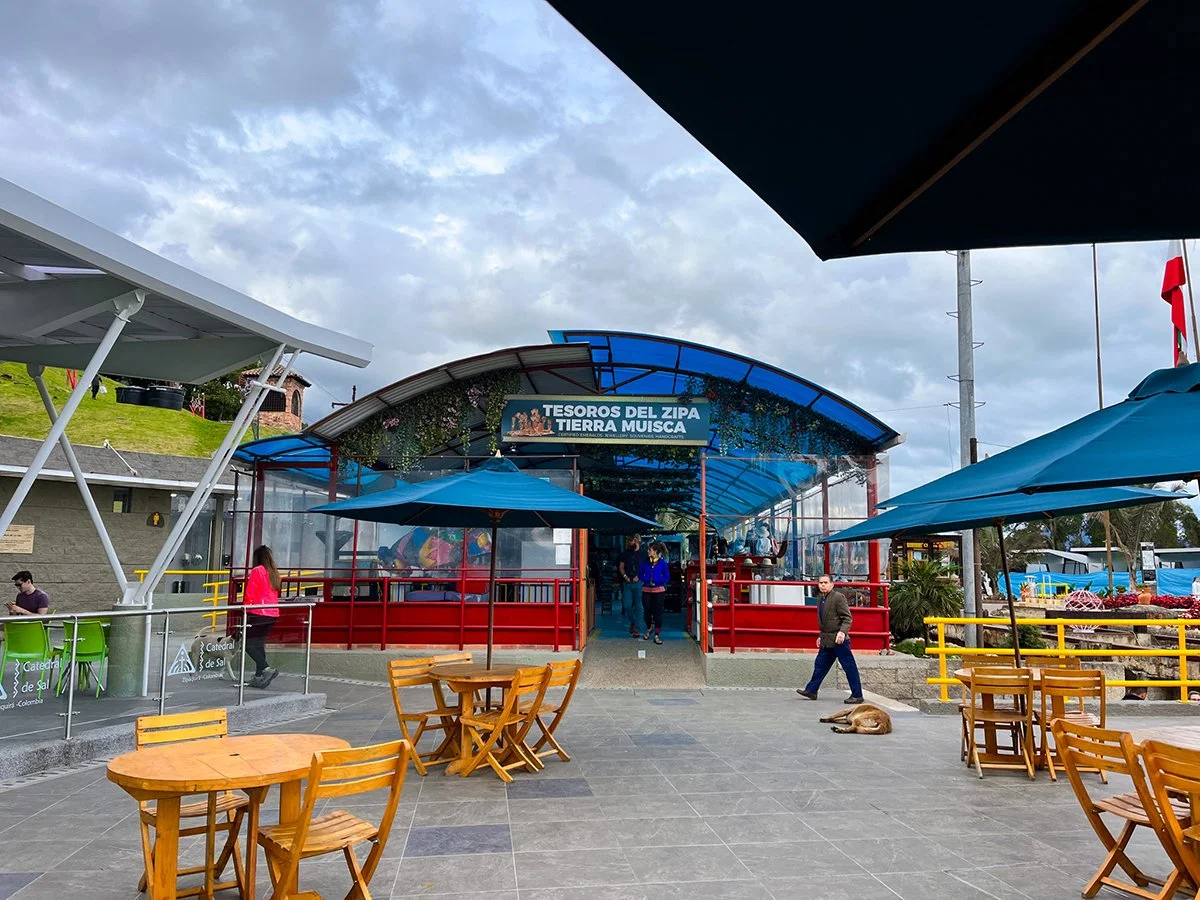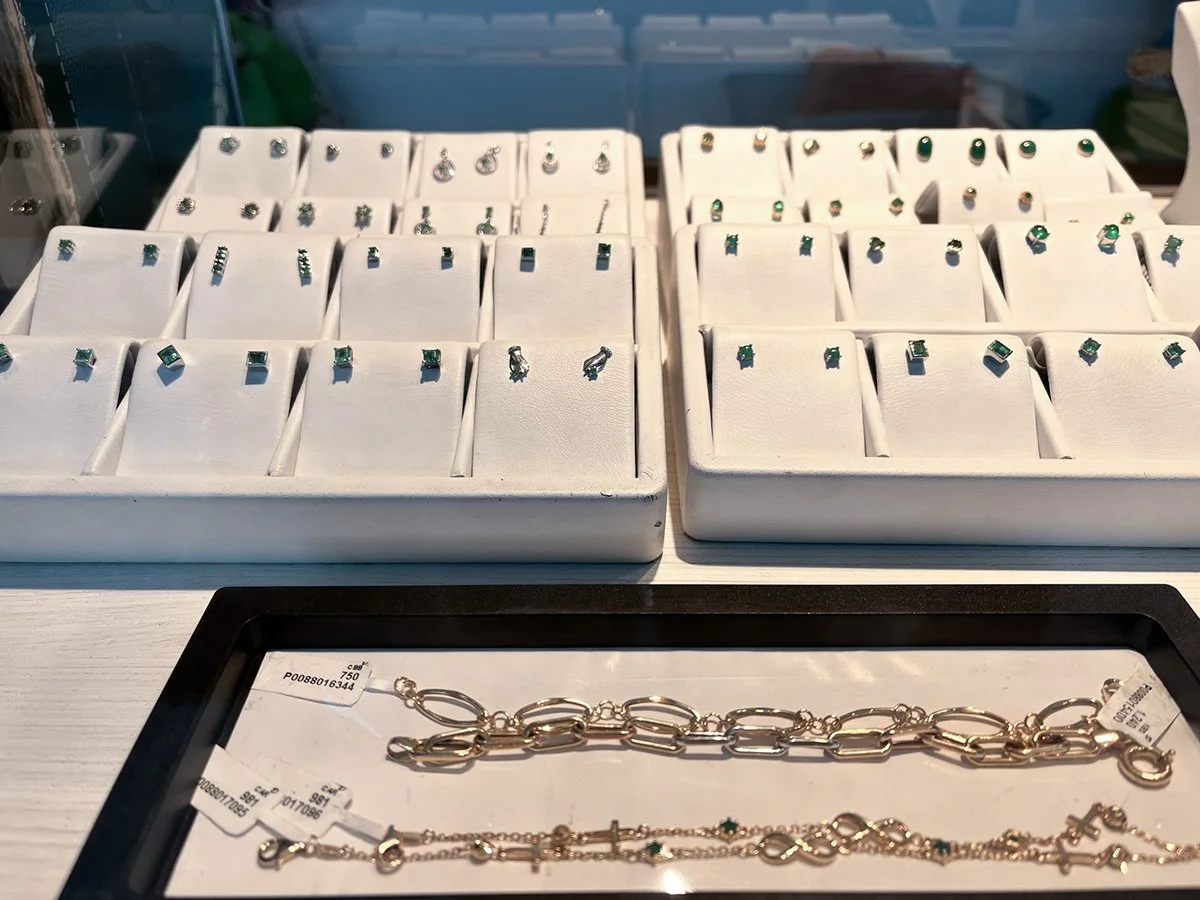What You Should Know Before Visiting Zipaquirá’s Salt Cathedral
If you’re planning a Trip to The Salt Cathedral Here’s in Zipaquirá, Colombia, Here’s everything you need to know before you Go.
Nestled around 30 miles (48 kilometers) from Bogotá, in the picturesque town of Zipaquirá, is the Salt Cathedral, or Cathedral de Sal. As the capital of the Cundinamarca department, this subterranean wonder is tucked deep within the hill of Zipa and proudly stands 2,652 meters above sea level. In this blog post we’ll explore the history, architectural marvels, and the cultural significance of this underground sanctuary that has earned the title of the First Wonder of Colombia.
History and Significance of the Salt Cathedral
The roots of the Zipaquirá salt mines trace back to pre-Columbian times, with the ancient Muisca indigenous people who utilized the immense salt deposit. This abundance turned them into one of the most prosperous pre-Hispanic societies.
Formed 70 million years ago, the salt deposit, created by an inland sea, became a pivotal resource for the Spanish, which helped them to finance thr campaigns of liberators like Antonio Nariño and Simón Bolívar.
In 1995, the new site of the Zipaquirá Salt Cathedral was inaugurated due to stability concerns with the original mine. This monumental construction, situated 180 meters underground, required the extraction of 250 thousand tons of rock salt, making it the largest deposit of its kind in the world.
When entering the cathedral, the air is tinged with a strong scent of minerals, enveloping visitors in an ethereal darkness. Illuminated tunnels reveal the Stations of the Cross, leading to three naves representing crucial stages in Jesus' life. La Piedad, carved by miners, and the Guardian Angel, crafted by Italian sculptor Ludovico Consorte in 1950, stand as testament to the blend of indigenous influences and international craftsmanship.
Exploring the Salt Cathedral
As you traverse the underground passages of the Salt Cathedral, you'll encounter numerous crosses that carry profound historical and cultural significance. These crosses symbolize the prayers of miners who sought protection while toiling in the depths of the salt mines, creating a powerful connection between spirituality and labor.
A wall covered in salt located inside the cathedral.
Attractions and Features Inside the Mine
Guided Tours:
A guided tour of the mine lasts around 60 minutes and provides a comprehensive exploration of the cathedral's wonders.
The miner's route is another tour option. It is a 30-minute guided tour which immerses visitors in the life of a miner.
And of course, you are free to tour the cathedral on your own if you choose to. Guides are not necessary, but they can be helpful. Audio guides are also available upon request prior to entering the mine.
Educational Experiences
The Brine Museum, a 20-minute tour, sheds light on the salt extraction process.
A 3-D video journey through geological stages educates visitors on salt development.
Facilities and Entertainment
The mine complex includes a food hall, an auditorium, and a convention center.
The Coffee Chamber offers ambient music and delicious Colombian coffee.
Just outside of the salt cathedral adventure seekers can rock climb at Parque de la Sal.
Rock climbing wall at Parque de la Sal located in front of the Salt Cathedral entrance.
Cafeteria area in front of the cathedral.
Inside one of the cathedral’s shops. Located between the ticket booth and the entrance to the mine. Here you can find many souveniers and collactables including pottery, art, clothing, mugs, bracelets, emrald jewlery which Colombia is known for and much more.
Getting to the salt cathedral
Uber and Didi: If you’re seeking convenience and comfort, ride-sharing services like Uber and Didi offer a direct route to the Salt Cathedral. Although typically comes at a higher cost (approximately $30-50 USD one way depending on the day and time), the ease of travel may outweigh the expense.
Group Tour: If you're a budget-conscious traveler, consider joining a group tour. These tours often include transportation and guided experiences, providing an affordable option around $60-80 USD per person for a full-day adventure. Keep in mind that group tours may have a fixed schedule, limiting flexibility. and typically do not include the cost of lunch or snacks.
Several reputable platforms offer tours to the Salt Cathedral. Consider checking Airbnb Experiences, Viator, Get Your Guide, Beyond Colombia and Bogota City Bus for a variety of options. When booking, pay attention to reviews and ratings to ensure a reliable and enjoyable experience. Look for packages that include transportation for added convenience.Bus: For the adventurous and budget-savvy, taking a bus from Bogotá to Zipaquirá is another and possibly the most cost-effective option. While the journey takes longer (about 1.5 to 2 hours), the savings on transportation costs (estimated $5-10 USD round trip) may make it a compelling choice.
Taxi: If you prefer a balance between convenience and cost, taxis are readily available for approximately $20-30 USD one way. Prices may vary, so negotiating beforehand or using an app like Cabify is advisable.
Train: Lastly, for a unique and scenic option, consider taking a train to Zipaquirá. This journey provides an opportunity to enjoy the Colombian landscape while heading to your destination. Check the train schedule and pricing for a delightful alternative to traditional transportation. You can find more information about the train, the train schedule or even purchase your ticket here: https://www.turistren.com.co/en/find
Duration of the Day Trip
Plan a day trip to fully immerse yourself in the Salt Cathedral experience. The journey from Bogotá to Zipaquirá takes approximately 1.5 to 2 hours, depending on your chosen mode of transportation.
I opted for a group tour to both Laguna Guatavita and Cathedral de Sal for $85 USD with Bogota City Bus. And in my humble opinion, it was well worth the cost. We left promptly at 7AM from downtown Bogota and headed to Laguna Guatavita, a beautiful lake nestled within a crater and surounded by a beautiful forest full of lush, green trees. After the tour or the lake, we stopped for lunch in Zipaquirá and then visited the Salt Museum, where I ditched my tour group mid-excursion and went to explore Plaza de la Independencia.
Rates and Hours
The entrance fee for the cathedral varies depending on your nationality and other factors. For Colombian nationals, the cost is $34,000 COP ($8.53 USD), while seniors and children up to 12 years old pay $22,000 COP ($5.52 USD). Foreign visitors pay $55,000 COP ($13.80 USD), while seniors and children up to 12 years old only pay $34,000 COP ($8.53 USD).
Hours also vary depending on the day of the week.
Monday to Friday: 9:00 am to 4:30 pm
Saturdays and Sundays: 9:00 am to 5:00 pm
Sunday Mass at 1:00 pm
For the most up-to-date ticket prices and hours, visit the cathedral website.
Website: www.catedraldesal.gov.co/
Note: Pets, food, smoking, and alcohol are not allowed inside the Salt Cathedral.
Extend Your Adventure
Extend your adventure by exploring nearby attractions. The Mina de Sal de Nemocon offers an additional salt mine experience, complementing your Zipaquirá visit. This underground attraction descends into the subterranean tunnels, surrounded by a labyrinth of salt-carved chambers. The Mina de Sal de Nemocon allows you to gain insights into the challenges faced by miners and the cultural significance of salt in Colombia's history. With a combination of historical artifacts, salt-carved sculptures, and the ambient lighting it adds another layer of depth to Colombia's rich cultural tapestry.
For those with a penchant for history and culture, a visit to Independence Square (Plaza de la Independencia), a central hub in Zipaquirá, is a must. Here, you can immerse yourself in the town's rich heritage, surrounded by colonial-era architecture and vibrant local life. As you wander through the charming streets, you'll discover a variety of accommodation options ranging from cozy hotels to boutique establishments, allowing you to fully experience the warmth of Colombian hospitality. After a day of exploration, you’ll probably be hungry. Here you can indulge in the diverse culinary offerings at local restaurants, where traditional Colombian flavors and international cuisines meld to create a gastronomic delight.
And for those seeking a relaxed atmosphere, the numerous cafes dotted around the town provide the perfect setting to savor a cup of Colombian coffee while soaking in the unique ambiance. Zipaquirá, with its fusion of history, modernity, and culinary excellence, ensures that your visit extends beyond the confines of the Salt Cathedral, offering a well-rounded experience that captures the essence of this captivating Colombian town.
Is the Salt Cathedral Worth the Trip?
I’ve seen several Youtube videos and blog posts that posed the question, is the Cathedral de Sal worth the trip? And in my opinion, it depends who you ask. If archeology, religion, or religious history is your thing, I would say the Cathedral de Sal is definitely worth the trip if you have the time. However, for those whose interests lie elsewhere, the Cathedral de Sal may only be a worthwhile destination when part of a broader itinerary that includes other captivating sites, such as the Plaza de la Independencia. All in all, the Salt Cathedral in Zipaquirá is more than just a tourist destination; it is a testament to Colombia's rich cultural tapestry and geological history.
For more fun and unique things to do in Zipaquirá visit: https://colombia.travel/en/zipaquira







